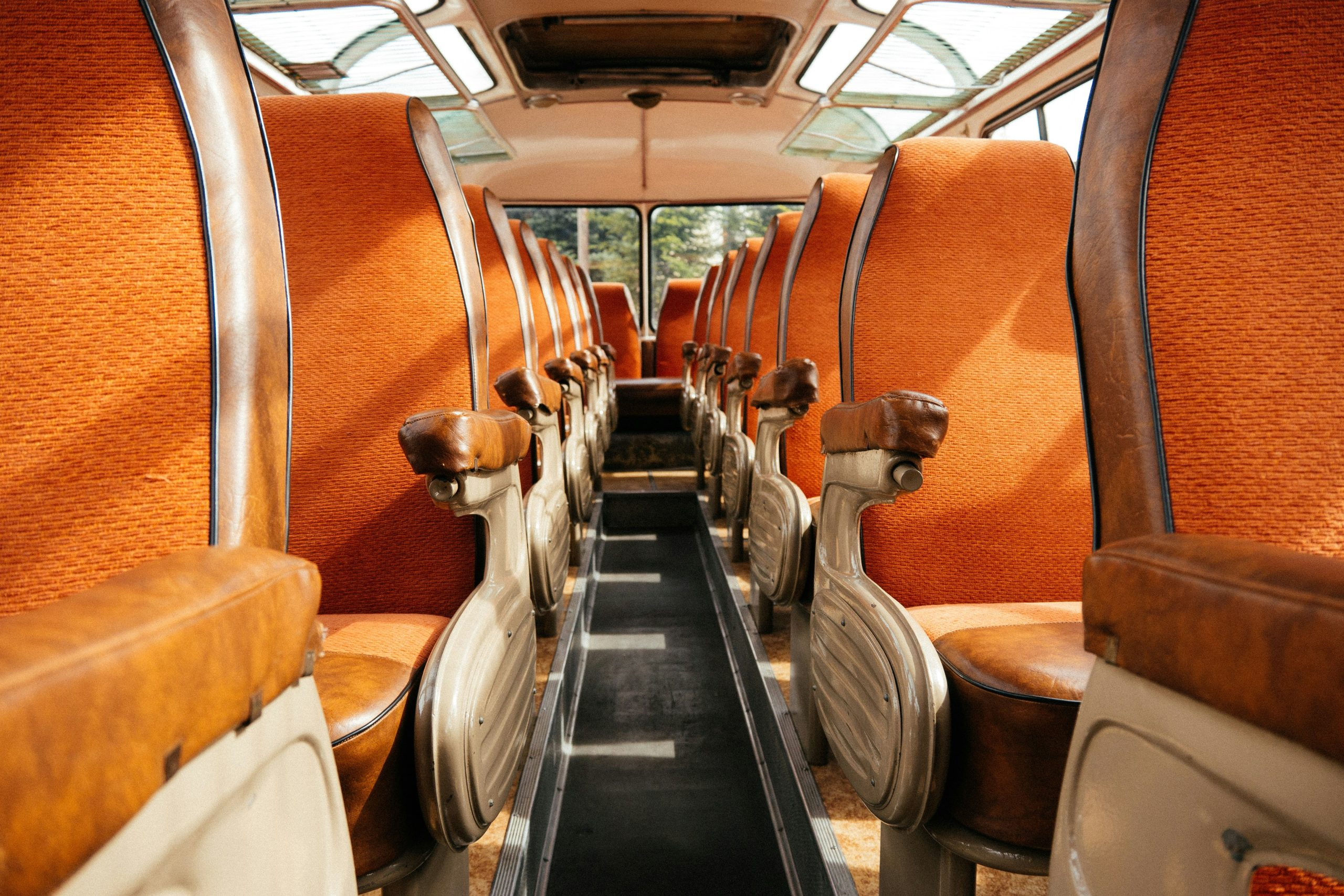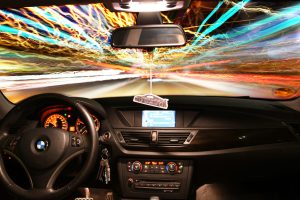Ergonomic Cabin Designs Enhancing Driver Comfort on Journeys
As anyone who has spent long hours driving can attest, comfort is essential for a driver’s well-being on the road. From cramped seating to poor visibility, uncomfortable cabins can lead to fatigue and distraction, potentially risking the driver’s safety. With the rise of long-distance journeys and ride-sharing services, the demand for ergonomic cabin designs has never been higher. In response, automotive manufacturers are incorporating innovative technology and design elements to enhance driver comfort on journeys. In this article, we’ll explore the importance of ergonomic cabin designs and how they are improving the overall driving experience.
Understanding the Need for Ergonomic Cabin Designs
The average driver spends approximately 87 minutes behind the wheel per day, according to a report by the AAA Foundation for Traffic Safety. With such a significant amount of time spent in a car, it’s crucial to consider the ergonomic impact of cabin design on the driver’s physical and mental well-being. Poor ergonomic design can result in discomfort and pain, leading to distracted driving and potential accidents. By contrast, ergonomic cabin designs prioritize driver comfort and convenience, resulting in a safer and more enjoyable driving experience.
Key Elements of Ergonomic Cabin Designs
Seating Arrangements
One of the primary components of an ergonomic cabin design is the seating arrangement. Traditional car seats have a fixed angle, putting unnecessary strain on the driver’s back and neck. In contrast, ergonomic car seats come with adjustable lumbar support, allowing drivers to customize their seating position for optimal comfort. Some car models even come with dynamic seat adjustments that adapt to the driver’s body movements, reducing the risk of muscle fatigue.
Driver Visibility
Good visibility is vital for a safe and comfortable driving experience, and ergonomic cabin designs take this into account. Manufacturers are incorporating larger windows and thinner pillars to increase visibility, reducing blind spots and making it easier for drivers to navigate traffic. Additionally, some car models come equipped with 360-degree cameras and heads-up displays that project information onto the windshield, minimizing the need for drivers to take their eyes off the road.
Climate Control
Climate control is another important aspect of ergonomic cabin design. Studies have shown that extreme temperatures can affect driver alertness and reaction time, leading to accidents. To combat this, some cars feature multi-zone climate control systems, allowing different passengers to adjust the temperature to their preference. Some models even come with advanced air filtration systems, removing harmful particles from the air and improving overall air quality in the cabin.
Convenience Features
Ergonomic cabin designs also incorporate convenience features that enhance the driver’s overall experience on journeys. These include features such as voice-activated controls, steering wheel-mounted buttons, and foot-activated trunk lids, allowing drivers to operate these functions without taking their hands off the wheel or their eyes off the road. These features promote a safer and more comfortable driving experience, reducing distractions and fatigue.
The Impact of Ergonomic Cabin Designs
The incorporation of ergonomic cabin designs in cars has had a significant impact on driver comfort and safety. Drivers report feeling less fatigued and more relaxed on long journeys, leading to fewer accidents caused by driver exhaustion. Furthermore, studies have shown that ergonomic cabin designs contribute to a reduction in workplace injuries, as rideshare drivers report better physical well-being after upgrading to ergonomic car models.
Conclusion
In the fast-paced world we live in, where long-distance travel is increasingly common, ergonomic cabin designs have become a necessity for drivers’ comfort and safety. Through the incorporation of adjustable seating, advanced climate control, and convenience features, automotive manufacturers are prioritizing the driver’s well-being on journeys. As these designs continue to evolve, we can expect to see even more advancements in automotive technology and design, ultimately leading to a more comfortable, enjoyable, and safe driving experience.











